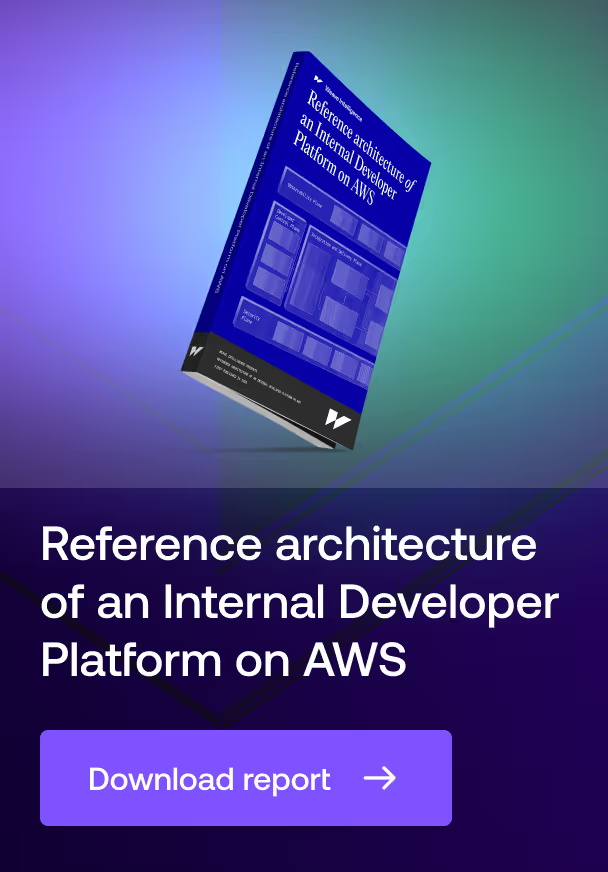
Github Actions
Profile
GitHub Actions is a workflow automation and continuous integration/continuous delivery platform natively integrated into GitHub repositories. The platform enables automated software development workflows through a declarative YAML syntax, executing jobs in isolated environments while providing extensive marketplace integrations. As a mature offering from GitHub/Microsoft, it serves as both a CI/CD solution and a general-purpose automation framework, with its key value derived from deep GitHub integration, eliminating the need for external CI/CD services and reducing friction in development workflows.
Focus
The platform addresses core challenges in software development automation by providing version-controlled workflow definitions that live alongside application code. It eliminates the complexity of maintaining separate CI/CD infrastructure while enabling automated testing, building, deployment, and auxiliary development tasks. The tool serves platform engineers, DevOps practitioners, and development teams who need reliable, scalable automation capabilities. Key benefits include simplified infrastructure management, standardized workflow definitions, and extensive integration capabilities that support diverse automation requirements across the development lifecycle.
Background
GitHub Actions emerged from Microsoft's acquisition of GitHub, launching as a strategic initiative to expand GitHub's capabilities beyond source code hosting into workflow automation. The platform operates under a hybrid model where the runner infrastructure is open source under the MIT license, while the service layer remains proprietary. Microsoft maintains the platform through GitHub's engineering organization, with active development focusing on enterprise features, security enhancements, and infrastructure modernization. The governance model balances community involvement through the marketplace ecosystem with centralized control over core platform development.
Main features
Event-driven workflow orchestration
The platform's event system enables workflows to respond to virtually any GitHub repository event, including code pushes, pull requests, issue updates, and scheduled triggers. Workflows are defined in YAML files stored in the repository's .github/workflows directory, ensuring version control and change tracking. The architecture supports complex dependency chains between jobs, parallel execution capabilities, and matrix builds for testing across multiple configurations. This event-driven approach enables sophisticated automation patterns, from continuous integration pipelines to automated issue management and deployment orchestration.
Isolated execution environments
Each workflow job runs in a fresh, isolated environment, either on GitHub-hosted runners or self-hosted infrastructure. The execution model provides clean, reproducible environments for every run, preventing cross-job contamination and ensuring consistent behavior. Runner environments come pre-configured with common development tools while supporting custom software installation and environment configuration. Organizations can implement self-hosted runners for specialized hardware requirements, security compliance, or cost optimization, with full control over the execution infrastructure through the open-source runner application.
Extensible action marketplace
The marketplace provides a comprehensive ecosystem of reusable workflow components called actions, enabling composition of complex automation solutions from pre-built building blocks. Actions can be implemented as Docker containers, JavaScript modules, or composite collections of other actions, offering flexibility in implementation approaches. The marketplace model promotes standardization and reduces duplication of effort across organizations while enabling security controls through verified creators and organizational policies. This extensibility mechanism allows teams to encapsulate common automation patterns into reusable, shareable components.





